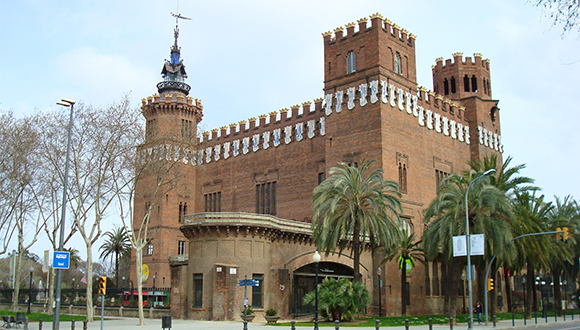A century ago
Let's come back to 1916. The World War I is raging (Battle of Verdun and the Somme). Germany is in search of its ‘lebensraum’, an empire like that England and France already have. We recall the Great War today with the terrible images of Kubrick’s Paths of Glory, Monicelli’s The Great War, Losey’s King and country, Renoir’s La grande illusion, and many other films.

In Tavernier’s La vie et rien d’autre, it is said (if my memory is right) that if the killed French people had participated in the parade on Victory Day at Paris, they have been going on for eleven days, day and night. This war, which involved more than 70 countries and caused some 10 million dead, 20 million wounded and 10 million refugees, was preferred as the “best” one in a sarcastic Brassens’s song, due to the lack of clear causes and the terrible tactics that were used (trench warfare, the use of lethal gas, aviation, tanks...). Other conflicts followed from that: in 1916, the war of independence against Ireland and UK (Raising Easter) and that of the Arabs against the Ottoman Empire, the Russian Revolution in 1917... and the end of the Great War put the basis for the emergence of fascism and the World War II.
The European response and the proposals of North-American candidates about the topic of refugees and immigrants shows that, now, this social and institutional ability does not exist
From the cultural point of view, 1916 is an important year: Einstein publishes his general theory of relativity, Freud the Introduction to Psychoanalysis, Kafka The Metamorphosis, the Griffith’s film Intolerance was released... and the Coca-cola famous bottle was designed. Enric Granados dies when the ship Sussex is torpedoed in the English Channel. Odón de Buén is the director of the new Spanish Oceanographic Institute. In Catalonia, the Darder Museum of Banyoles the Swimming Club Sabadell and the Catalonia Flying Club are founded. It is the first year of the hostility between football clubs Barcelona and Madrid: the Barça players abandon the final playoff game of the Spanish Championship because they believe that the referee favors Madrid. The first flight Barcelona-Mallorca (it is did by a one-site aeroplane) occurs in 1916.
1916 is also relevant for Catalan naturalists. The Junta Nacional de Ciències, an initiative of the City Council of Barcelona and the Diputació, is launched in 1916 and the Junta created, the following year, the Catalonia Museum of Natural Sciences on the basis of pre-existing buildings and institutions (shade, conservatory, aquarium, Zoo, Museum Martorell -created in 1882-). The Junta has an ambitious action plan and obtains the transfer of the first floor of the former Brasserie of the 1888 International Exhibition (Castell dels Tres Dragons, the current Museum of Zoology) that is called Museum of Catalonia (see this paper by Laura Valls Plana 2010). The precursor of Spanish ecology, the geograph Emili Huguet del Villar, in 1916 comes to live at Madrid, but his more relevant work on the environment and the vegetation don’t will appear until after 1920. In 1916 they last still three years before the birth of our first ecologist, Ramon Margalef.

1916 is an important year in ecology, mainly by two facts. One is the publication of the Frederic Clements’s book Plant succession, which sets a paradigm for the ecology of communities that will not be really challenged until the publication by Henry A. Gleason in 1926 of The individualistic concept of the plant association (Bull . of the Torrey Botanical Club 53: 7-26). The second event is the first annual meeting of the Ecological Society of America (ESA) with the appointment as president of Victor E. Shelford, who had linked the communities of beetles to the plant succession in dunes. The ESA had a hundred founding members, but now has 10 000, having made a journey of great importance for the history of ecology.
1916 is an important year: Einstein publishes his general theory of relativity, Freud the Introduction to Psychoanalysis, Kafka The Metamorphosis...
World in 1916 was very different from now. Human population was 1.8 billion people, now is 7.7 billions. There were no TV, computers or mobiles, there was not much knowledge on ecology and few people worried about human caused climate change. But some people’s ambition was global, just like the misery of the great majority. And this, unluckily, has not changed.
Today, we have much more ecological knowledge all over the world, in Spain and in Catalonia, but Mankind expansion, with its artifacts, and with the effects on the environment have enormously accelerated. The great challenge is not only that the knowledge and technology, but also our ability to adapt our behavior, to build regulatory mechanisms and institutions and to favor informed participation and empowerment of citizens become also developed fast in front of the new risks. The European response and the proposals of North-American candidates about the topic of refugees and immigrants shows that, now, this social and institutional ability does not exist, but we can not lost the hope in our learning capacity, a characteristic of our species, and then an issue is still possible. Amen.







